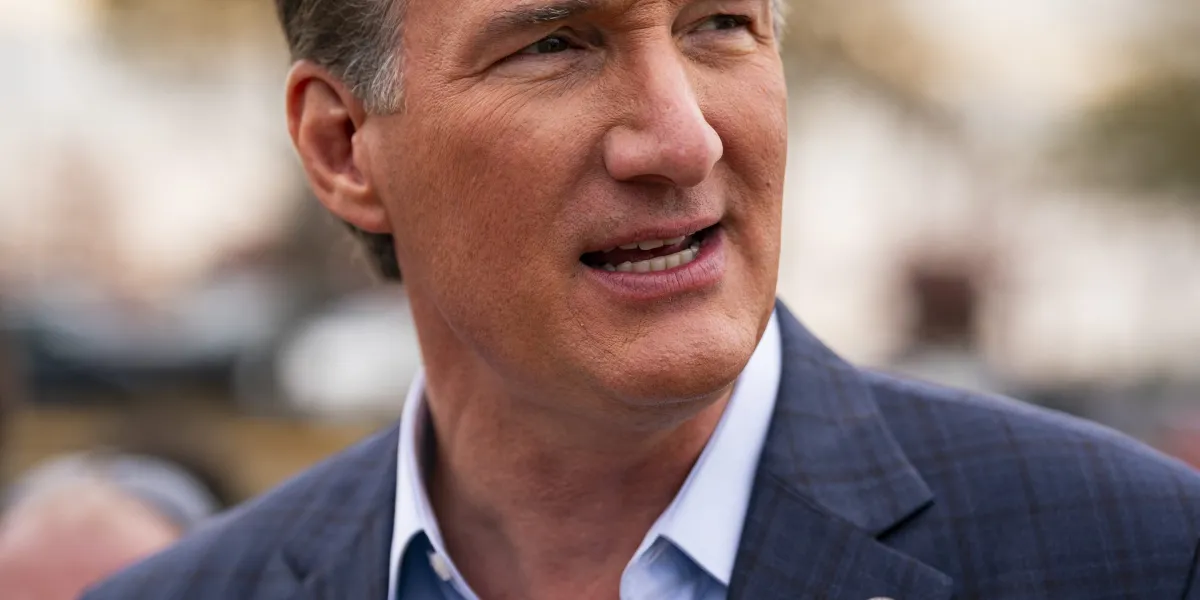Fannie Mae's CEO says the housing market hasn’t killed the American Dream yet. Buying a home ‘might just take a little longer’
Home prices are sitting right around their record high; mortgage rates have soared to nearly 7%; and renters are struggling to make ends meet, but according to Fannie Mae CEO Priscilla Almodovar, the unaffordable housing market hasn’t killed the American Dream just yet.
“The American dream is still very much alive. It might just take a little longer,” the former JPMorgan exec told Fortune this week.
Almodovar runs the Federal National Mortgage Association (Fannie Mae), which was created during the Great Depression to expand the secondary mortgage market. Today, the government-sponsored enterprise holds one-in-four U.S. mortgages and $4.3 trillion in total assets. Fannie Mae doesn’t actually provide mortgages to consumers, instead they buy them from lenders and then repackage them into mortgage-backed securities which they sell to investors. This provides liquidity for the housing market, as Almodovar explained.
But despite Fannie Mae’s efforts to boost the housing market, Almodovar noted that “affordability is an issue” for consumers today. She still believes there is a path to home ownership for the average American in spite of this, but it won’t be easy.
The CEO recommended consumers that are frustrated with current market conditions work to improve their credit, and wait for an opportunity with the prospect of interest rate cuts on the horizon. “There’s a lot you can do in the meantime. Just get smart about what it is to be a homeowner and save and it’ll happen,” she said.
Almodovar went on to explain that her two “strategic objectives” at Fannie Mae are figuring out how to make the housing market “more fair and more sustainable,” including by offering a new way for renters to build credit and qualify for mortgages. “Before, if you were a renter in this country, your rent did not count [toward your credit score],” she explained. “Through technology, Fannie Mae is taking that credit risk. If the consumer shows us their bank statements, we can tell what probably is a rent payment, the regularity of that payment, and we can make that consumer eligible.”
Almodovar noted that over 500,000 rental units are reporting rent payments today, which is helping renters build sufficient credit to qualify for mortgages.
Still, despite this new program and Almodovar’s optimistic outlook on the American Dream, the average American isn’t buying their first home until they turn 36 due to sky-high home prices and mortgage rates. Compared to baby boomers, who managed to buy their first homes by an average age of 29 in 1981, the American Dream has been delayed significantly for millennials and Gen Z.
And Almodovar admitted that owning a home is one of the keys to what most Americans believe makes a “good life.” She even referenced how her immigrant parents bought their first home when she was growing up and it “changed the trajectory” of their lives.
“At my kitchen table, I heard, like probably many American families do today, talk about a good job, education…and saving for a home,“ she said. “I still remember when I was five years old, they bought their first home. I remember the first night I slept in my room. And I think that’s informed a lot of what I do.”
Despite understanding just how critical homeownership is to the American Dream, Almodovar argued that renting is a solid option right now. “A third of households are renters, and I grew up as a renter, so my bias is that being a renter is fine,” she said.
Even though homeownership is still the number one way Americans build wealth, and most Americans will say it’s a necessary feature of a “good life,” Almodovar argued that the perception of renting should change.
“I do believe millennials still want to be homeowners to raise a family, but it’s not the only way,” she said. “Being a renter, if you have a stable, affordable home, you have roots in your community as well.”




